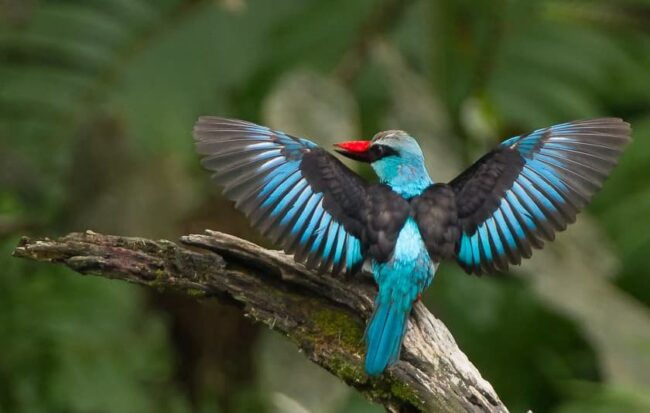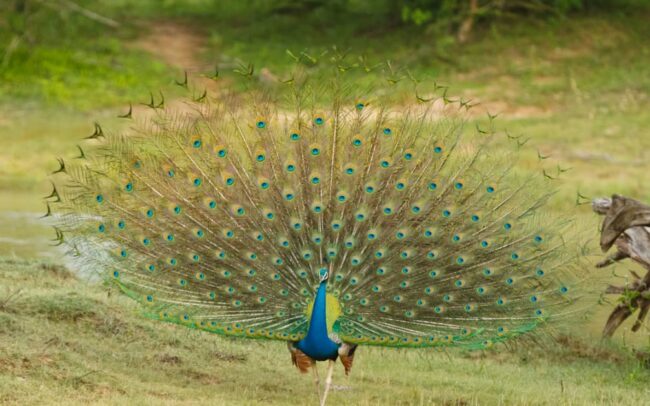.
The Chestnut-breasted Manikin, scientifically known as Lonchura castaneothorax, is a captivating bird species that enchants with its chestnut plumage and delightful behavior. With its charming appearance and lively nature, this avian gem has captured the hearts of bird enthusiasts and researchers alike. In this blog post, we will explore the key characteristics and behaviors of the Chestnut-breasted Manikin, providing a glimpse into the remarkable world of this splendid bird species.
The Chestnut Plumage
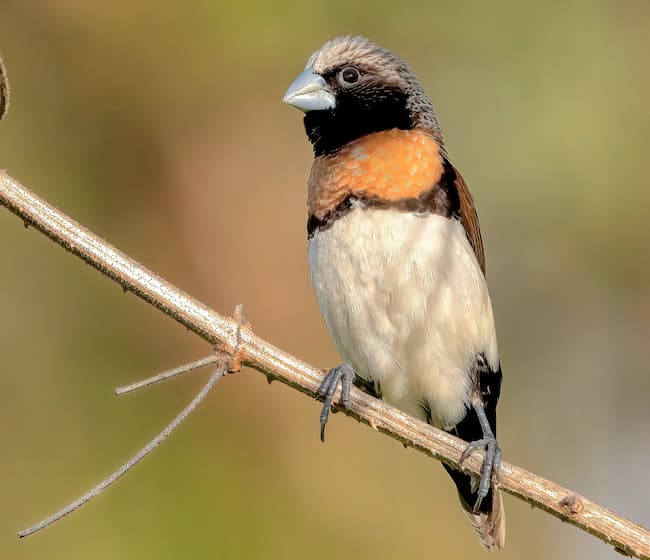
The Chestnut-breasted Manikin is renowned for its stunning chestnut-colored plumage, which adorns its breast and upper body. The head, back, and wings exhibit contrasting shades of brown and black, creating a beautiful mosaic of colors. The male and female have similar plumage, with the male showcasing slightly brighter colors during the breeding season. The chestnut plumage of the Chestnut-breasted Manikin makes it a true gem in the avian world.
Habitat and Distribution
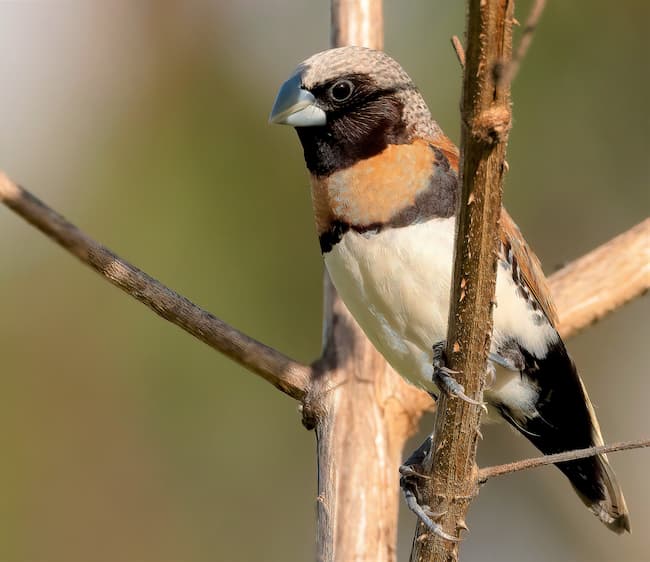
Chestnut-breasted Manikins are native to the tropical regions of northern Australia and southern New Guinea. They are commonly found in grasslands, savannas, and open woodlands with a good supply of grass seeds, which form a significant part of their diet. These birds are well adapted to their preferred habitats and can be seen foraging on the ground or perched on tall grass stalks.
Diet and Feeding Behavior
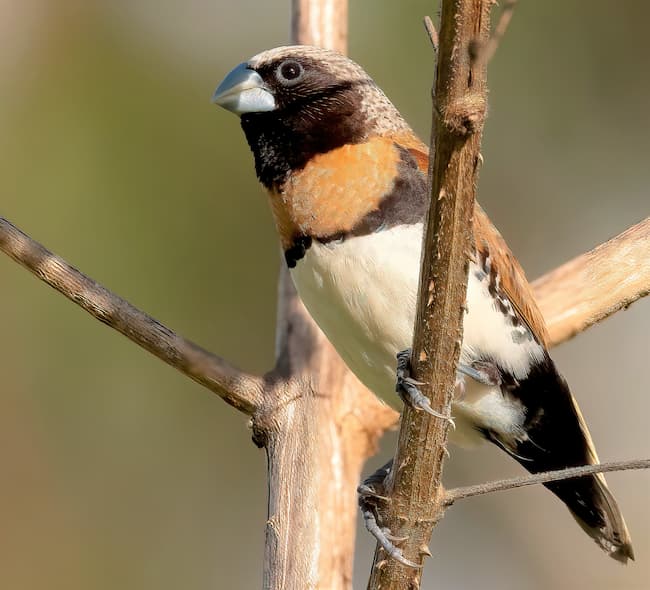
The diet of Chestnut-breasted Manikins primarily consists of grass seeds, but they also feed on other seeds, grains, and small insects. Their strong, conical beaks are well suited for cracking open seeds and extracting the nutritious contents. They are often seen foraging in small flocks, moving together and searching for food on the ground or in grassy areas.
Social Behavior
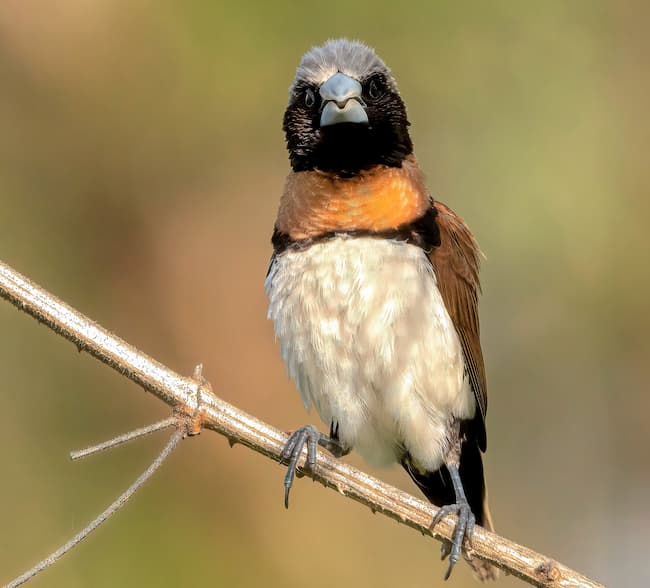
Chestnut-breasted Manikins are highly social birds and are known for their lively and playful behavior. They form strong pair bonds and live in small flocks or communities. These flocks engage in various activities such as foraging, preening, and vocalizing together. The cheerful chirping and tinkling calls of the Chestnut-breasted Manikins add a delightful melody to their surroundings.
Breeding and Nesting
During the breeding season, male Chestnut-breasted Manikins display vibrant courtship behaviors to attract females. They engage in fluttering flights, singing, and showing off their colorful plumage. Once a pair is formed, the female constructs a neat and compact nest made of grass, feathers, and other plant materials. The nest is often placed low in dense vegetation or tall grasses. Both parents take turns incubating the eggs and feeding the hatchlings.
Conservation Status
The Chestnut-breasted Manikin is currently listed as a species of least concern on the IUCN Red List. However, habitat loss and degradation due to land development and changes in land use pose potential threats to their populations. It is crucial to conserve and protect their natural habitats, including grasslands and woodlands, to ensure the long-term survival of the Chestnut-breasted Manikin.
Conclusion
The Chestnut-breasted Manikin, with its stunning chestnut plumage, lively behavior, and sociable nature, is a true jewel of the avian world. Appreciating their unique characteristics and understanding their ecological importance reminds us of the remarkable diversity found in nature. Let us strive to preserve their habitats and promote conservation efforts to ensure the continued existence of this enchanting bird species.
